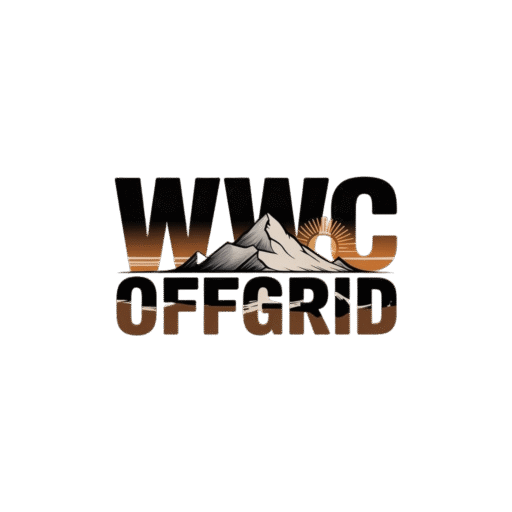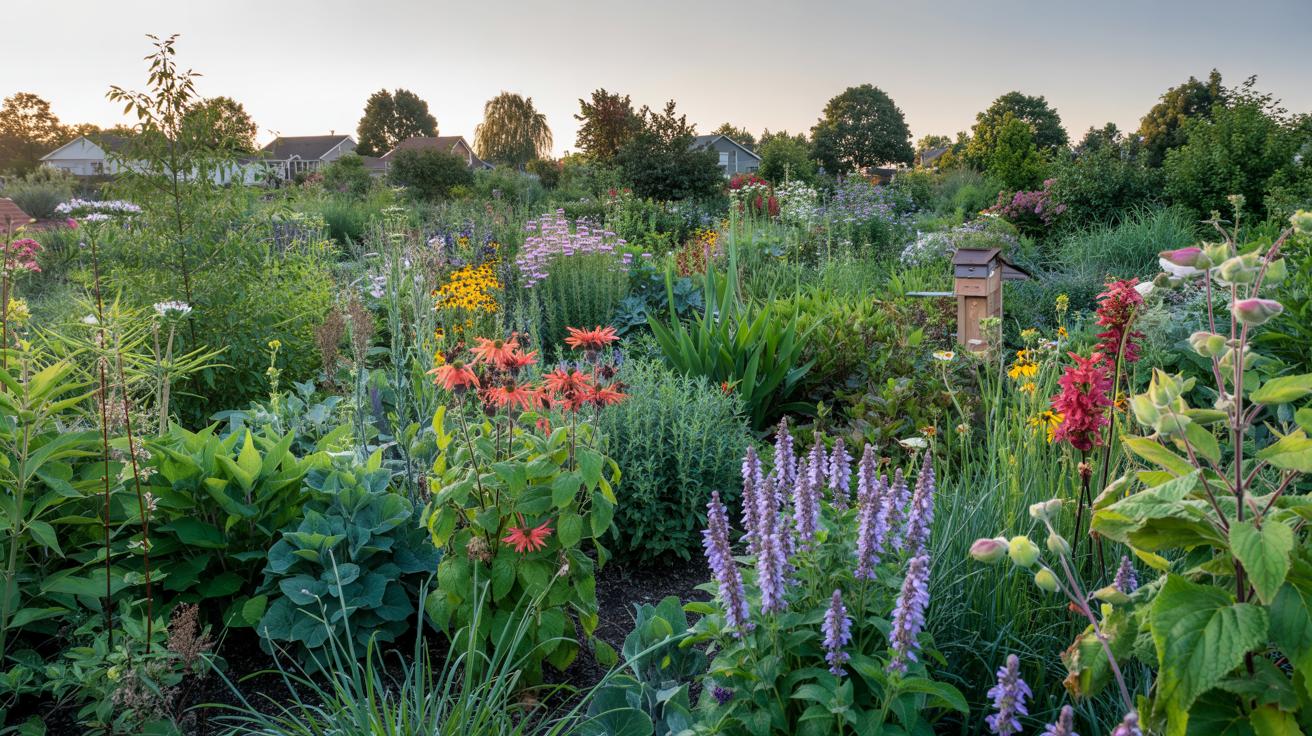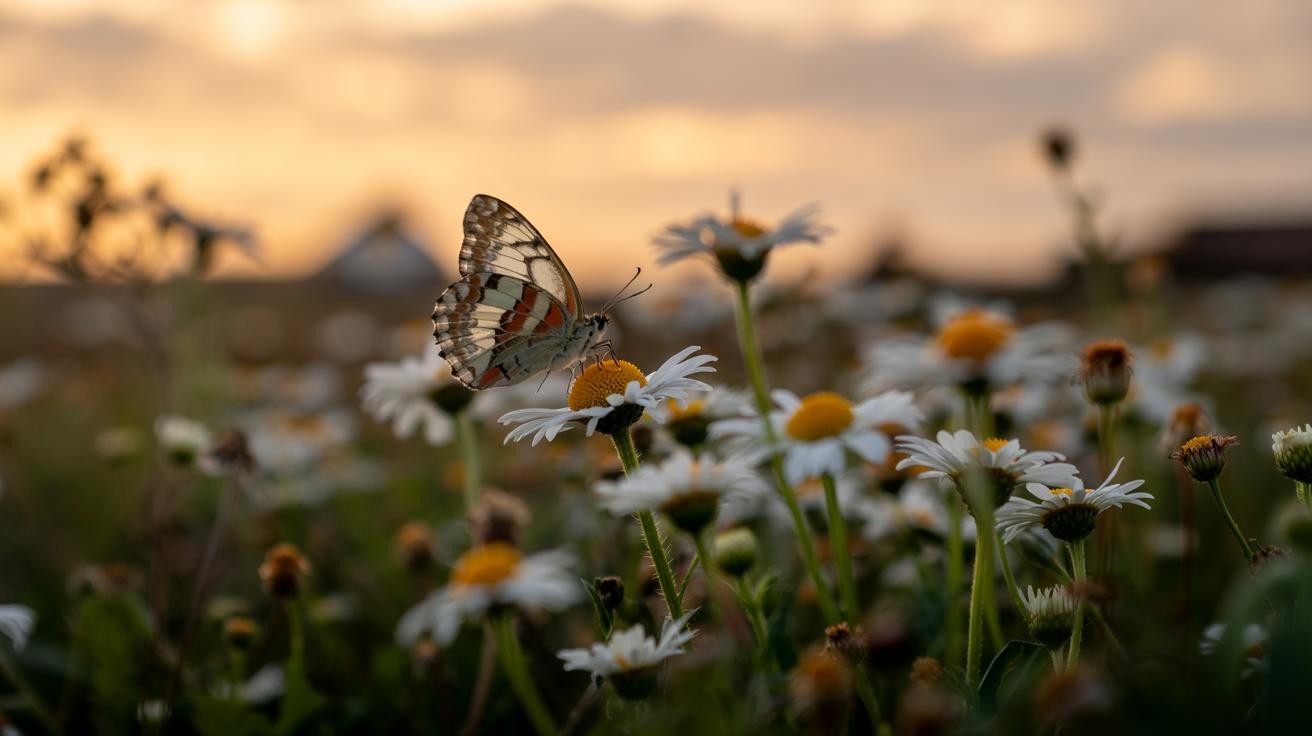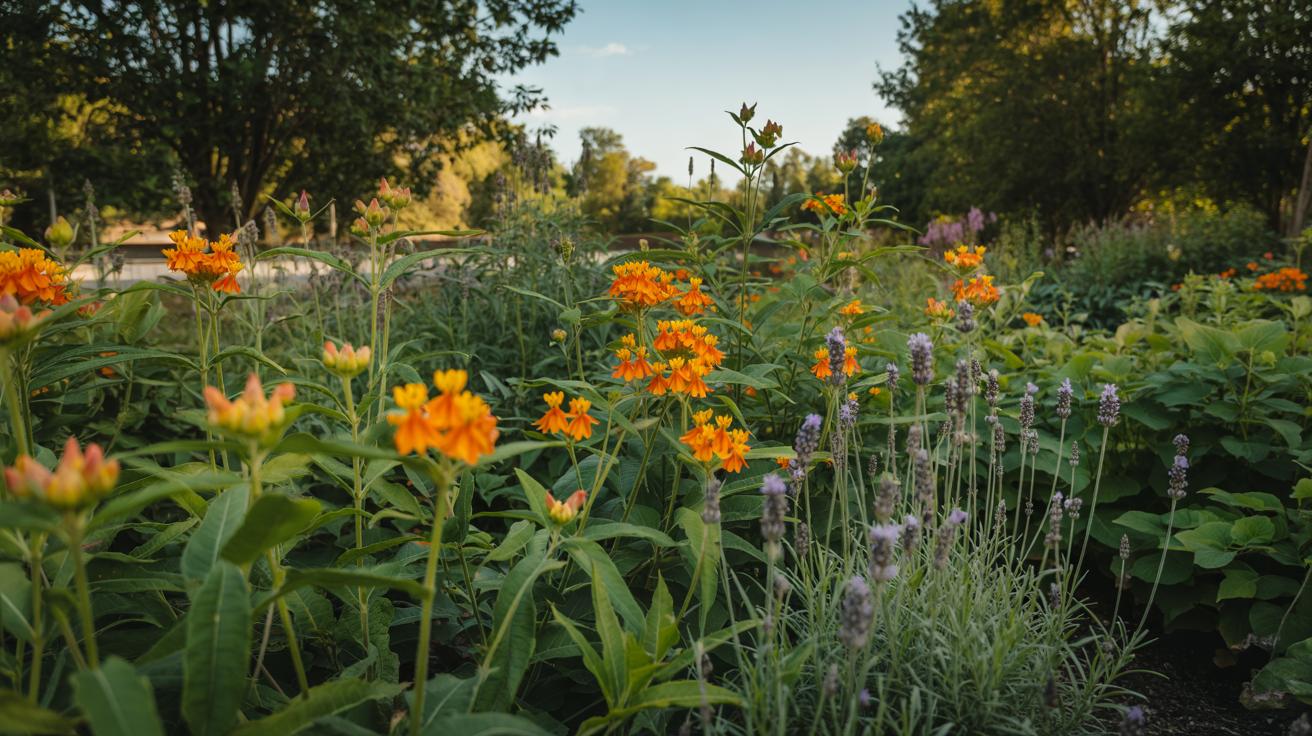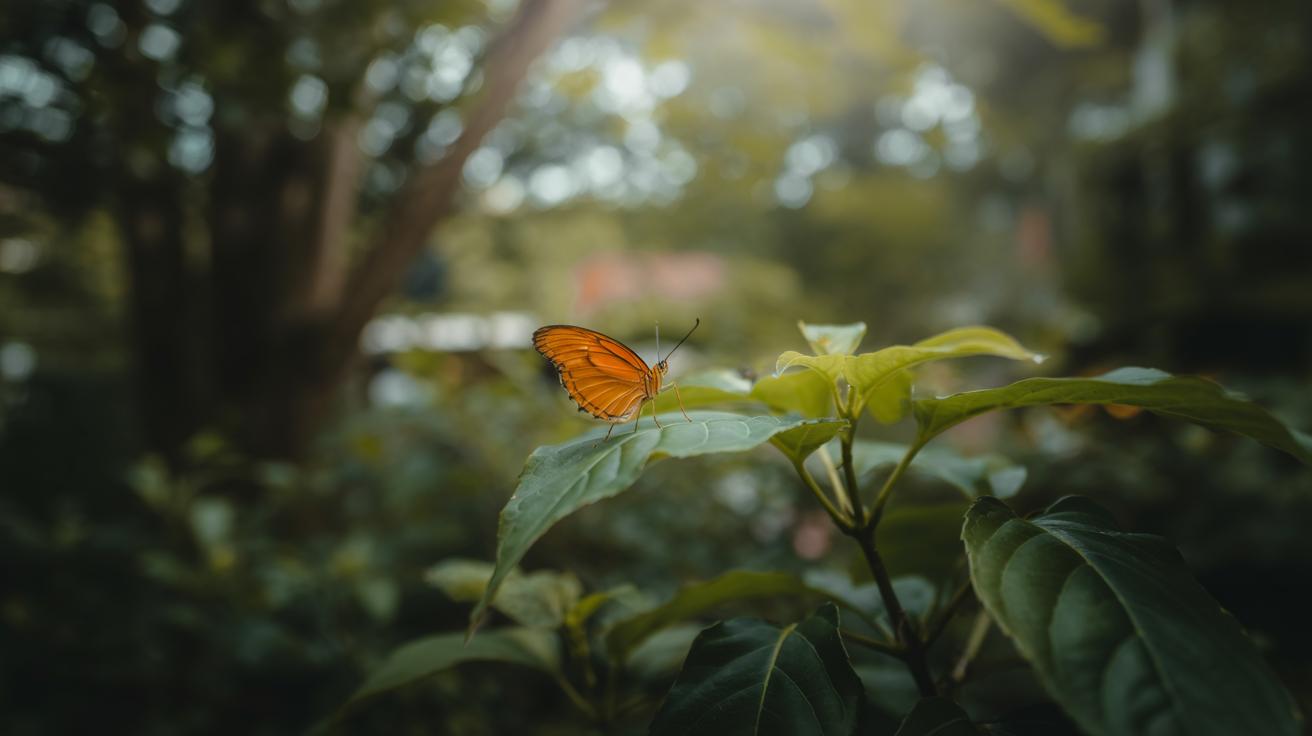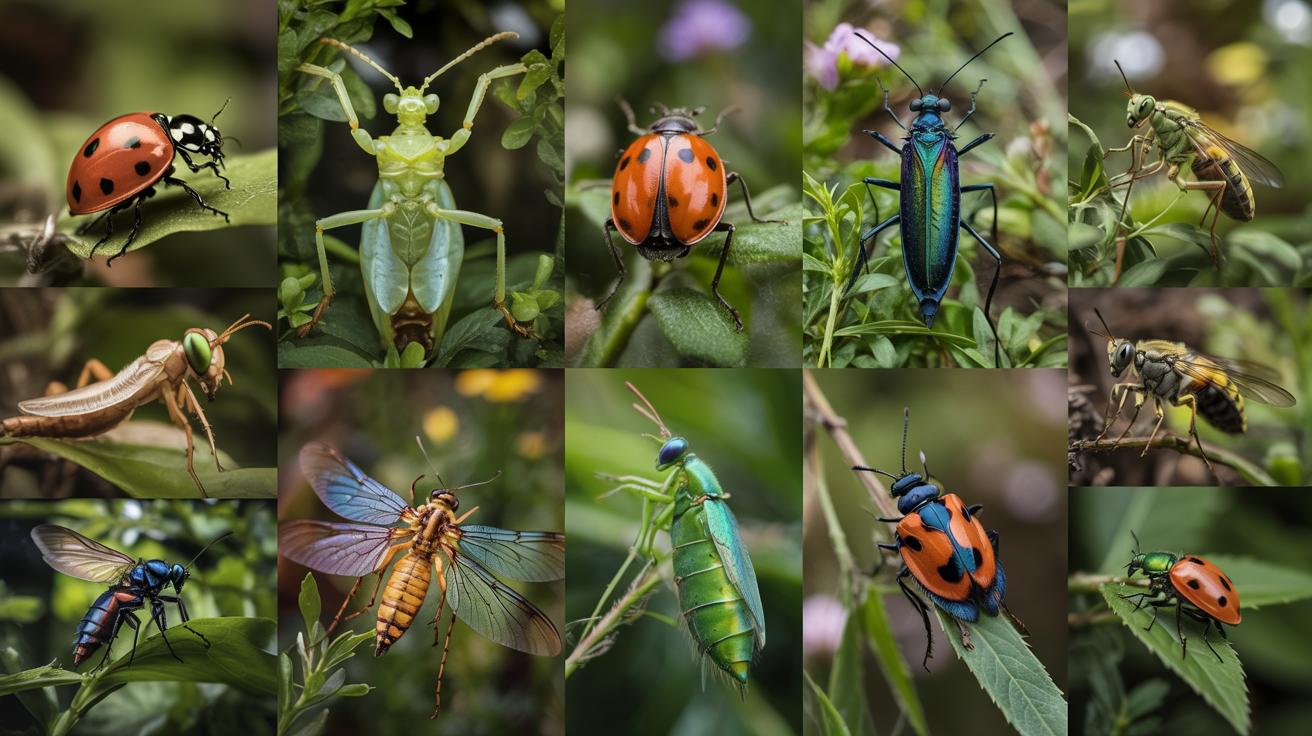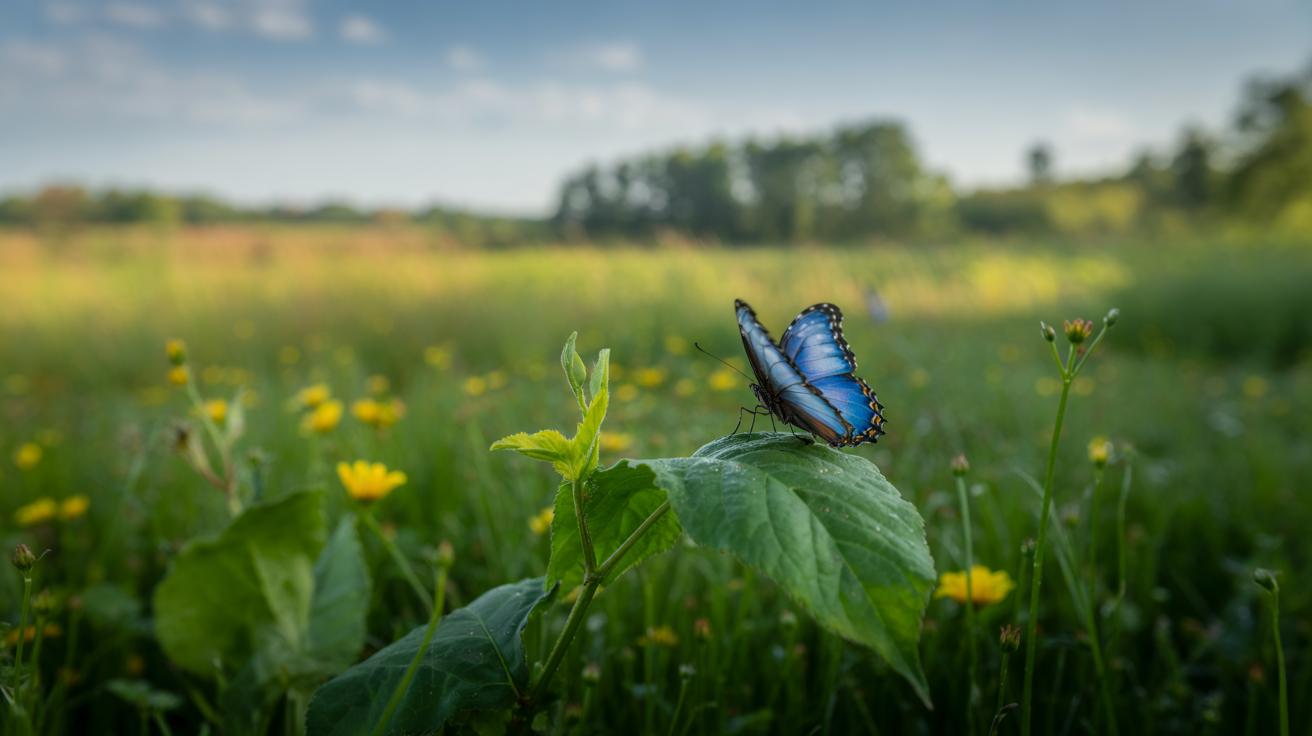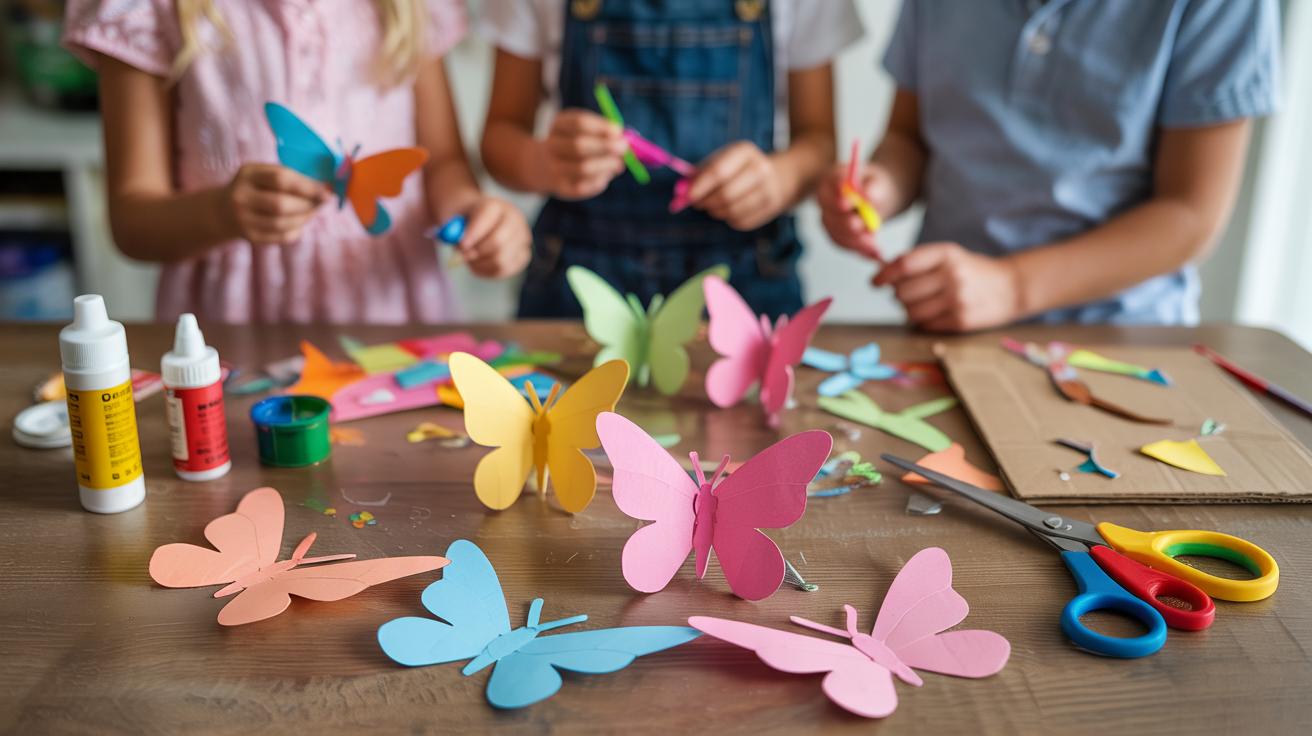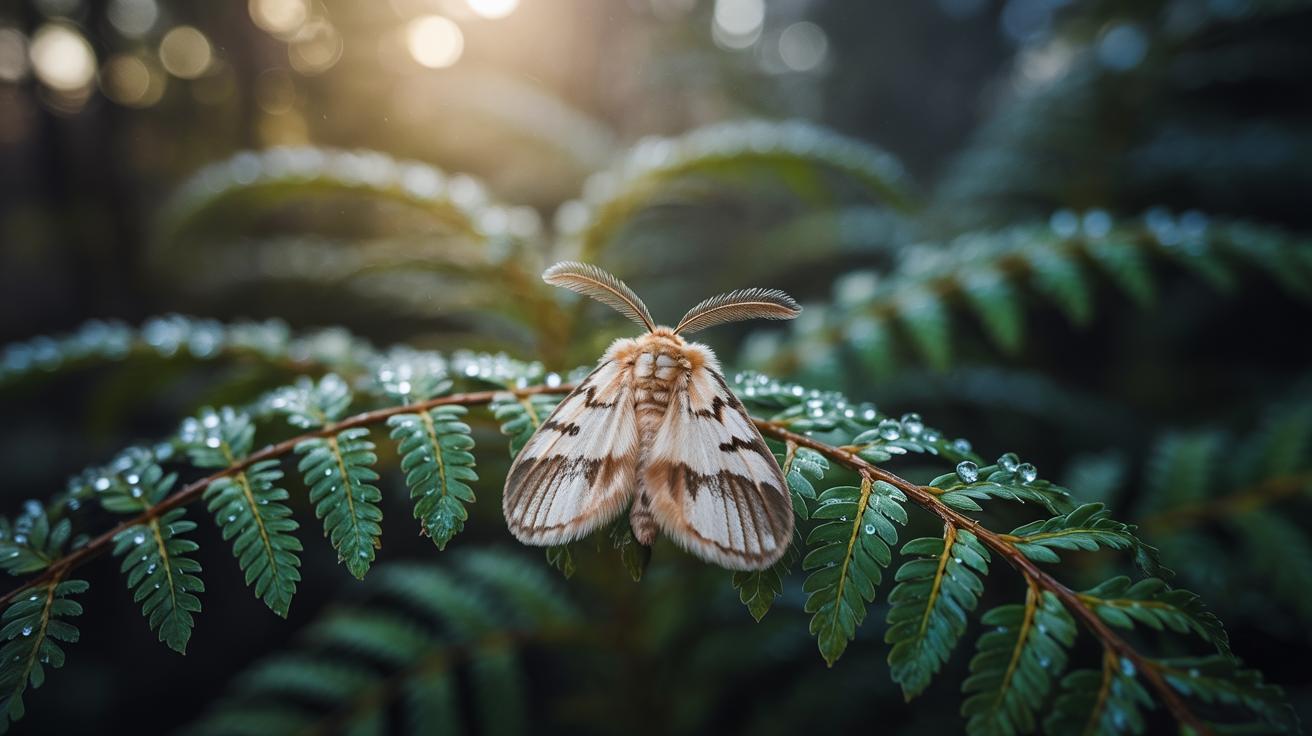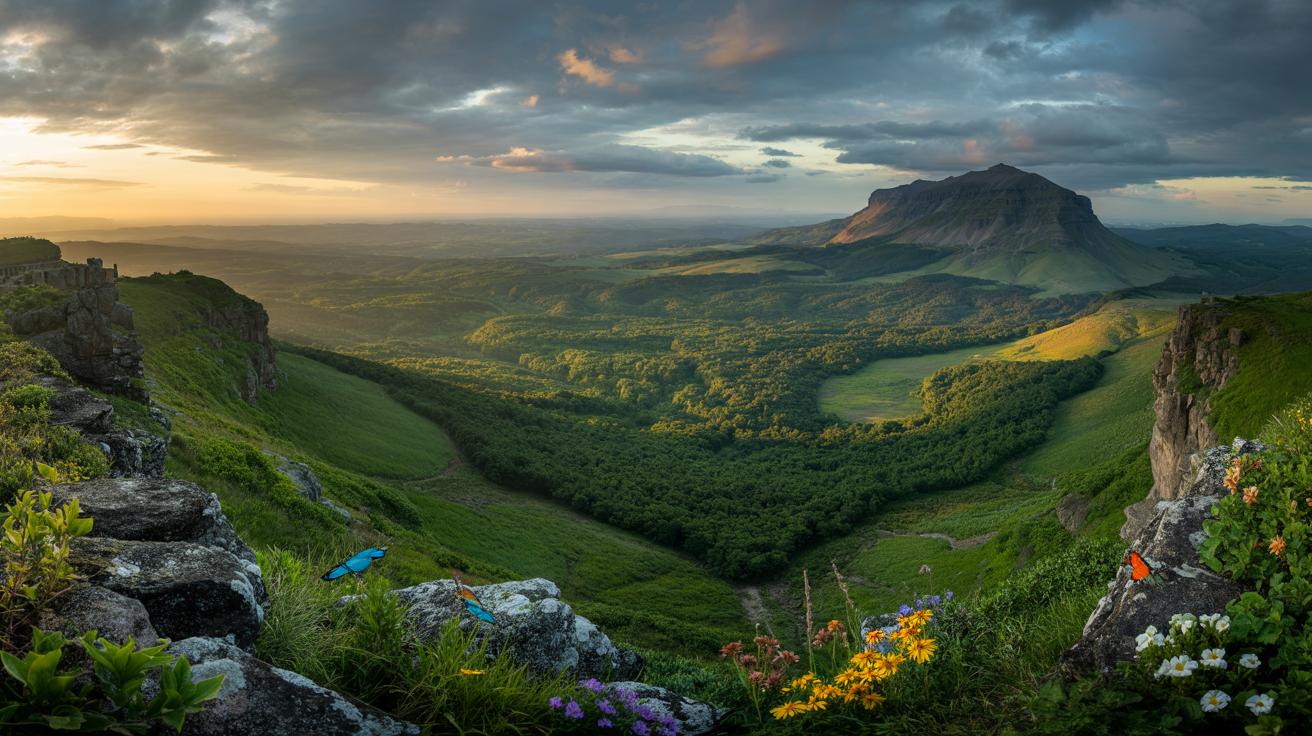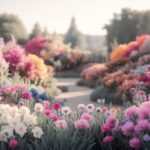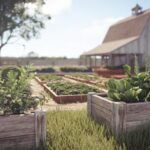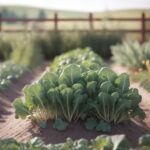Introduction
Pollinator gardens play a key role in supporting local wildlife by attracting insects, birds, and mammals that aid in plant pollination. Growing plants that produce nectar and pollen can bring these vital species to your garden. Pollinators contribute to about one-third of the food we consume. By designing a pollinator-friendly space, you help maintain a balanced ecosystem while improving plant growth and fruit production.
Pollinators face threats like habitat loss and pesticide exposure, leading to declines in their populations. Creating a protected habitat in your garden can provide food and shelter for these creatures. You will learn how to choose the right native plants, create shelter, and avoid harmful practices. Supporting pollinators in your area promotes biodiversity and secures food sources for the future.
Understanding Pollinators And Their Role
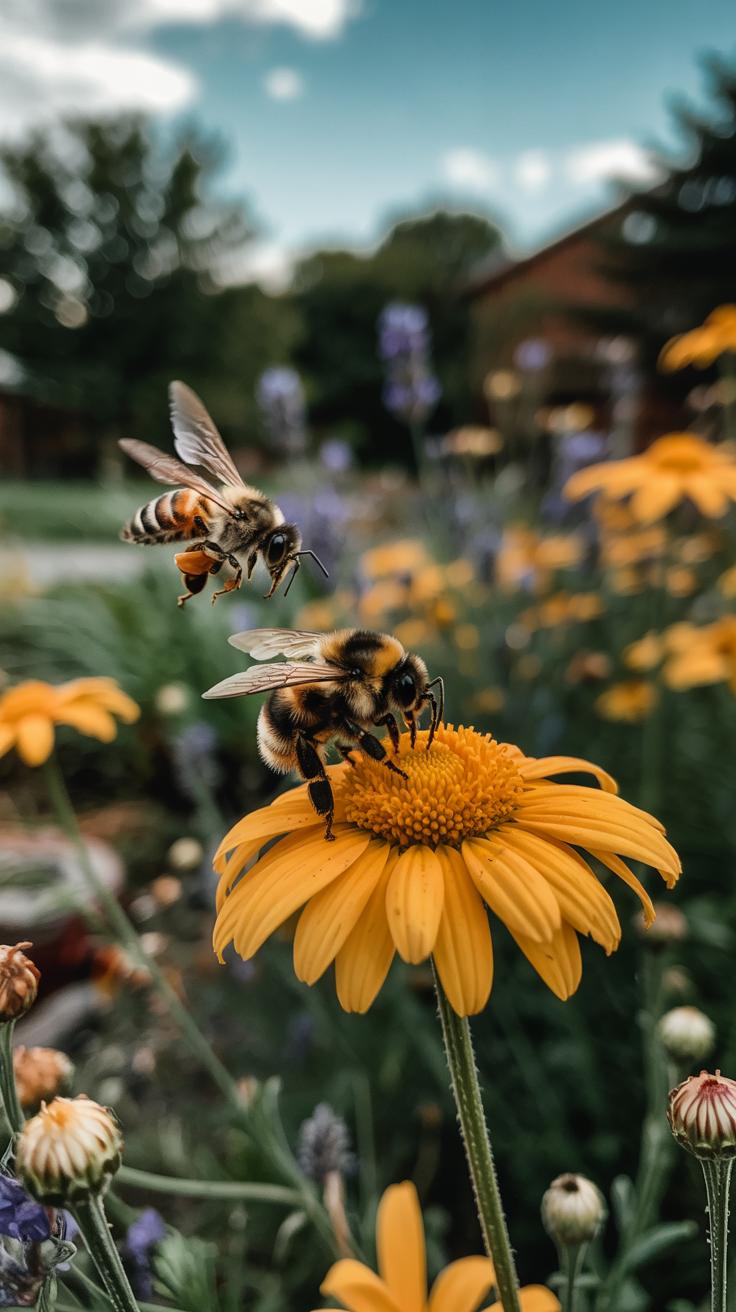
Pollinators are animals that move pollen between flowers to help plants make seeds. This process is called pollination, and it is how many plants reproduce and produce fruit. Without pollinators, many plants would struggle to grow and reproduce. This affects the animals that eat those plants, including humans.
Bees are the most famous pollinators. They visit flowers to gather nectar and pollen, accidentally moving pollen from one flower to another. Butterflies, birds like hummingbirds, and some mammals such as bats also play important roles in pollination. Each species interacts with plants differently, which helps maintain diverse ecosystems.
Pollinators help produce a large part of the food we eat. They boost yields of crops like fruits, vegetables, and nuts. Around the world and in your neighborhood, pollinators face threats like habitat loss, pesticides, and climate change. Protecting these creatures means protecting the health of ecosystems and our food supply.
Types Of Pollinators To Know
Bees come in many species, including honeybees and native solitary bees, each with unique habits. Honeybees live in large colonies and can cover many flowers, while solitary bees often specialize in certain plants. Butterflies prefer open flowers with flat surfaces and help pollinate wildflowers and garden plants.
Hummingbirds feed on nectar using their long beaks and hover near flowers. You may find woodpecker-like birds or sunbirds acting as pollinators depending on your region. Some bats fly at night, visiting flowers that open after dark and pollinating plants like agave. Small mammals like mice can also transfer pollen while foraging.
Look for pollinators native to your area. For example, the eastern United States hosts bumblebees and monarch butterflies. The southwest has native bees like the digger bee and hummingbirds. Knowing which species visit your region helps you choose plants that support them best.
Why Pollinators Matter To You
Pollinators affect the quality and quantity of your fruits and vegetables. If your garden depends on crops like tomatoes, strawberries, or squash, pollinators help those plants produce more and bigger fruit. This increases your harvest without extra work or chemicals.
Maintaining pollinator health means supporting the environment that feeds you and your family. Pollinators boost biodiversity, which keeps ecosystems balanced and resilient against pests and diseases. When pollinators thrive in your garden, you protect food sources beyond your backyard, including local farms and wild plants.
Have you noticed fewer bees or butterflies near you? Encouraging them with the right plants and habitat in your garden helps reverse this decline. Your actions can make a real difference for pollinator populations and food security in your community.
Planning Your Pollinator Garden Location
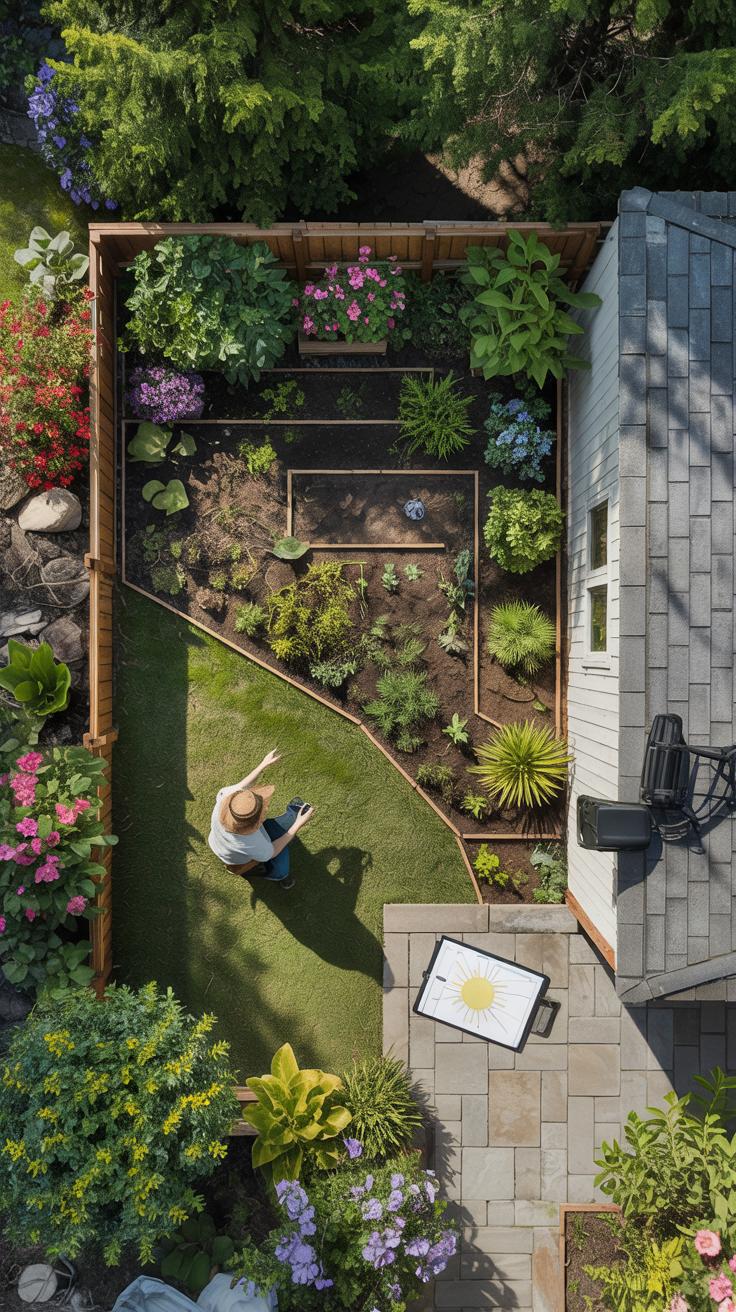
Choosing the right spot for your pollinator garden sets the stage for how well it will support local wildlife. Sunlight affects how plants grow and bloom, which in turn impacts how easily pollinators can access nectar and pollen. A site that receives at least six hours of direct sun typically works best for many pollinator plants, but areas with partial shade can support species that prefer cooler conditions. Understanding this helps you pick plants that will thrive where you plant them.
Soil quality influences plant health and their ability to produce flowers that attract pollinators. Well-draining soil with organic matter allows roots to grow strong and keeps plants resilient throughout the seasons. Testing your soil can reveal its pH and nutrient levels, guiding you to improve it with compost or natural amendments if needed.
Space also matters. Some plants need more room to spread out and grow tall, while others stay low. Make sure your garden is large enough to hold your chosen plants without crowding. Think about paths or separate zones that let pollinators navigate easily and let you enjoy their activity without disturbing them.
Consider how to keep pets or foot traffic from damaging the garden. Raised beds, low fences, or garden markers can protect your plants and create a safe place for pollinators to feed and nest. What kind of space do you imagine for your pollinator garden? How will your choices help local wildlife feel welcome and safe?
Finding The Perfect Sunlight And Soil
Most pollinator-friendly plants need full sun to produce plenty of flowers. Plants like coneflowers and milkweed grow best in direct sunlight for six or more hours each day. Other species, such as columbine or wild ginger, do better with partial shade, especially in hot climates.
Soil that drains well lets roots breathe and prevents water from pooling, which can harm plants. Loamy soil enriched with compost works well for many native plants. You can improve sandy or clay soils by mixing in organic matter and checking for proper pH, often near neutral, so nutrients are available.
Prepare your soil by clearing debris and loosening it with a garden fork or tiller. This helps new plants establish faster. If you want to test your soil, local extension offices or garden centers often offer kits to check nutrient levels. How much sunlight does your yard get? What type of soil lies beneath your feet? These details will guide which plants will succeed there.
Space And Safety
Each pollinator plant grows to a different size and needs room to spread. For example, blanket flowers may grow one to two feet wide, while goldenrod can extend much further. Planning enough space around each plant prevents overcrowding and improves airflow, reducing disease risk.
Creating clear paths through your garden helps you avoid stepping on plants while letting pollinators move freely. Paths made of mulch, gravel, or stepping stones can guide you and visitors without disturbing habitats.
Protect your garden from pets or heavy foot traffic by using low fencing or signs that encourage care around the area. Incorporate zones with taller plants to provide shelter and areas where ground-nesting bees can burrow safely.
How will you organize your garden to balance space for plants and safety for pollinators? Designing thoughtful paths and protective barriers can make your garden a thriving sanctuary for local wildlife.
Choosing Native Plants For Your Garden
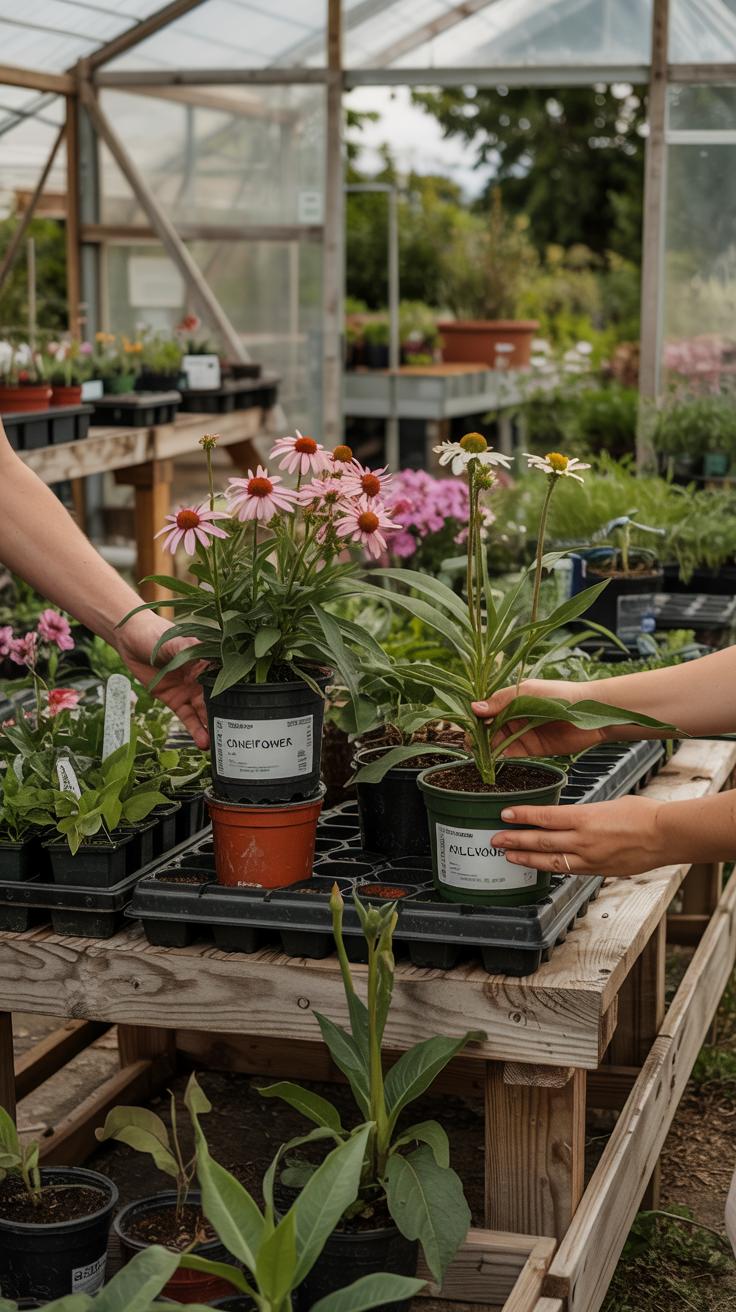
Benefits Of Native Plants
Selecting native plants for your pollinator garden helps support the local pollinators that evolved alongside these plants. These pollinators rely on native plants for food, nesting, and reproduction. Using native species maintains the natural balance of your area’s ecosystem and helps keep native insect populations healthy.
Native plants require less water and care than many non-native varieties because they are adapted to local climate and soil. You won’t need to spend as much time and resources trying to keep them alive. This makes your garden more sustainable and easier to maintain over time.
Have you noticed how some plants just seem to thrive in your region while others struggle? Choosing natives means your garden fits with your environment instead of working against it. This approach benefits not only pollinators but also you as a gardener.
Examples Of Pollinator-Friendly Native Plants
Local pollinators depend on nectar and pollen from native flowering plants. For example, in the Midwest, purple coneflower (Echinacea purpurea) and black-eyed Susan (Rudbeckia hirta) offer rich nectar for bees and butterflies. In the Southwest, desert marigold (Baileya multiradiata) and Texas lantana (Lantana urticoides) attract hummingbirds and native bees.
Some native plants also support larval stages. Milkweed (Asclepias spp.) is critical for monarch butterfly caterpillars anywhere it grows. Goldenrod (Solidago spp.) attracts bees while providing shelter for butterfly larvae.
Which native plants grow well in your area? Including species that offer food for each pollinator life stage increases your garden’s value to wildlife. This creates a stronger, healthier pollinator community around your home.
Creating Shelter And Resources For Pollinators
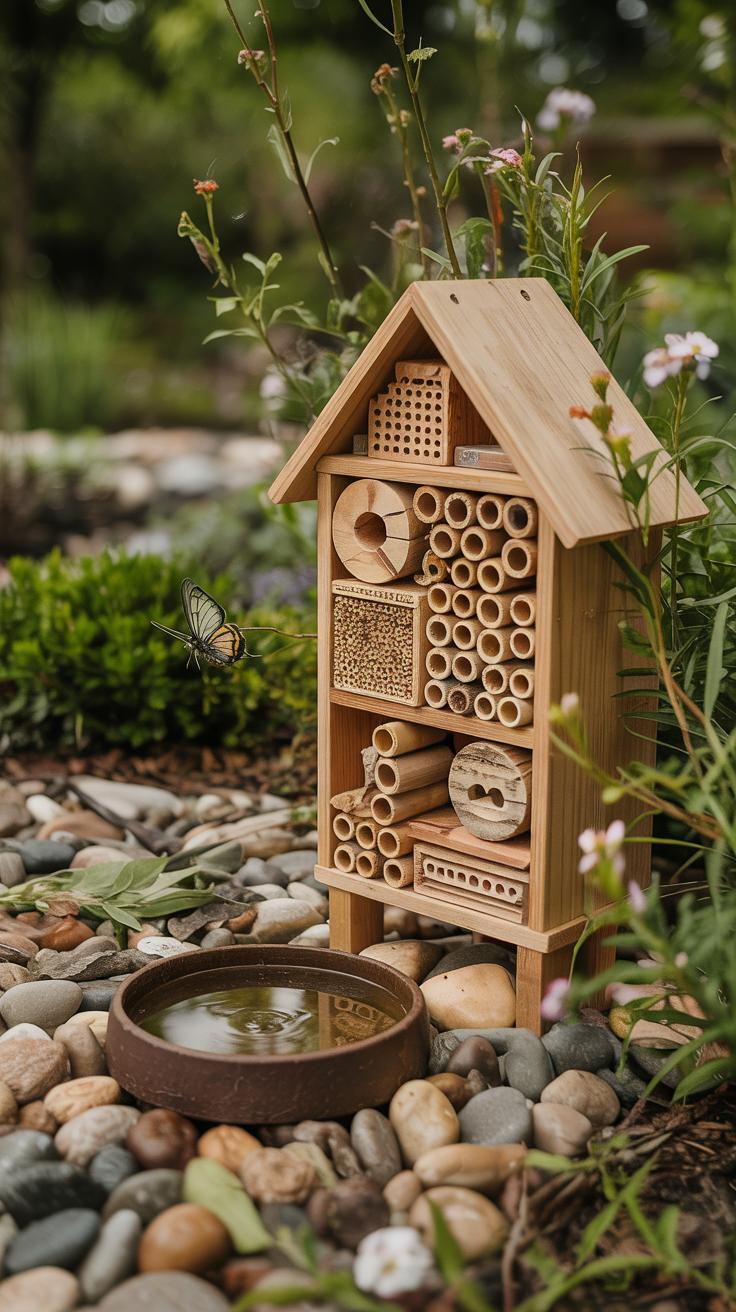
You can boost pollinator populations by adding places for them to live and rest in your garden. Nesting sites give bees and other insects a safe spot to raise their young. Larval host plants provide food specifically for caterpillars and larvae during their growth stages. Resting spots help pollinators recharge between flower visits. Every bit of shelter counts when supporting local wildlife.
Water also plays a vital role in these habitats. Pollinators need water to drink and cool down, especially during hot days. Create shallow water sources with smooth stones for them to land on without drowning. Piles of leaves, small stones, and garden debris offer cover from predators and weather. These areas become hidden homes for many insects, increasing the diversity in your garden. How can you arrange these elements to make your garden a welcoming place for pollinators?
Nesting And Larval Support
Provide nesting boxes for solitary bees and other insects that prefer cavities. You can build or buy simple wooden boxes with small holes or tubes to fit various species. Leave patches of bare, compacted soil where ground-nesting bees can burrow. Dead wood and native grasses act as natural shelters. Many insects depend on these materials to create safe nests.
Caterpillars and larvae need specific plants to eat while growing. Adding native milkweed supports monarch butterfly larvae. Pipevine vines feed pipevine swallowtail caterpillars. Research which host plants belong in your region and include them in your design. Offering these food sources helps maintain the full life cycle of pollinators on your property.
Water And Shelter Essentials
Provide clean water by placing shallow dishes or saucers filled with water and pebbles. Mud patches attract bees that collect damp soil material to build nests. These features give pollinators necessary hydration and nesting material. Check water sources regularly to keep them fresh and safe. Avoid deep containers that can trap insects.
Leaves, stones, and plant litter form ground-level shelters. Many insects hide under fallen leaves or between stones to escape the weather and predators. Avoid clearing all garden debris; instead, create small piles or leave some areas natural. These undisturbed spots enhance survival rates for different pollinator species. Have you noticed how many creatures use these parts of your garden during the day?
Avoiding Harmful Practices In Your Garden
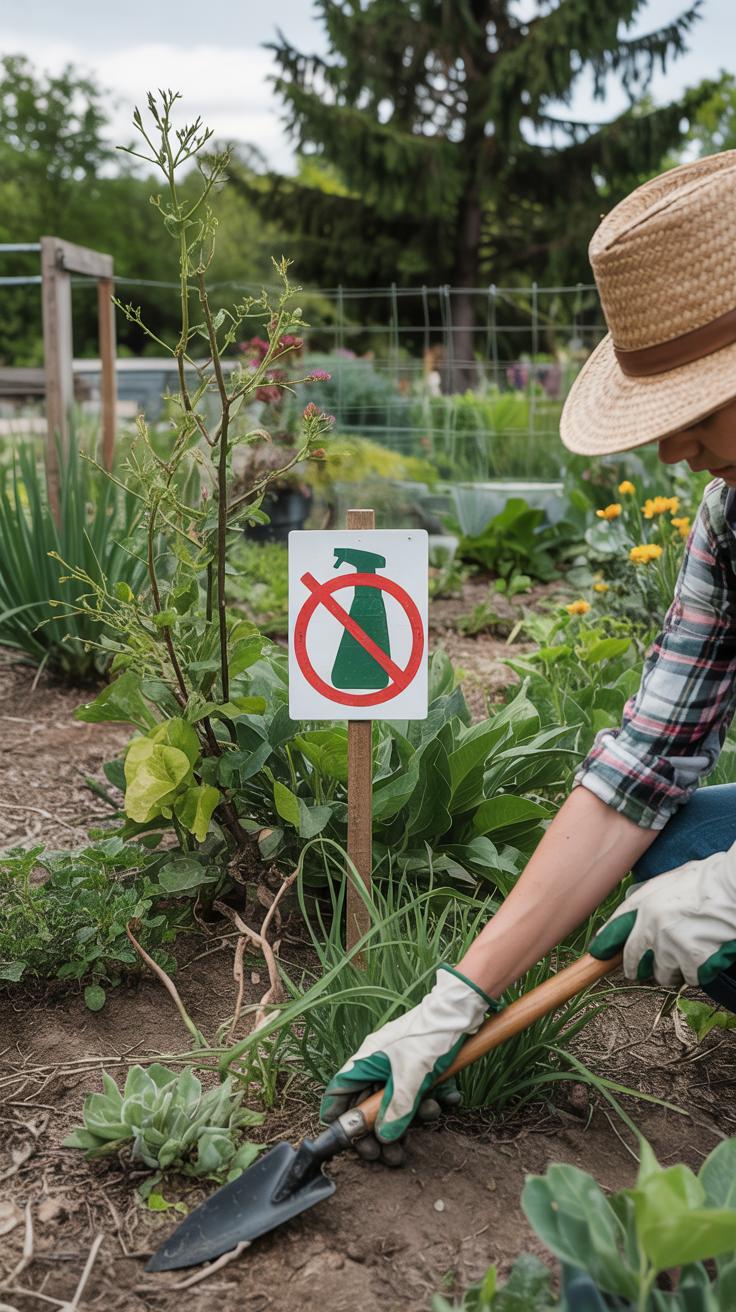
Pesticides and herbicides often seem like a quick fix for garden problems, but many of them harm pollinators such as bees, butterflies, and other insects. These chemicals can reduce their ability to find food, navigate, or reproduce. Have you noticed fewer bees visiting flowers after spraying pesticides? That’s a sign these chemicals can disrupt your garden’s natural balance.
Choose organic or natural pest control methods instead. For example, encouraging beneficial insects like ladybugs or using neem oil can reduce pests without harming pollinators. Handpicking pests and planting companion plants that repel harmful insects also help keep your garden safe.
Non-native invasive species threaten pollinators by crowding out native plants that provide nectar and pollen. Invasive plants often grow faster and overwhelm local flora, lowering food availability for native pollinators. Removing these plants regularly and planting native species supports a healthier, more balanced garden ecosystem.
Dangers Of Chemicals
Many common pesticides contain substances toxic to pollinators. Contact with treated plants or pollen can kill bees or interfere with their behavior. Even tiny amounts can have long-term effects on pollinator colonies.
Look for pest control products labeled as “pollinator-safe” or choose physical controls like barriers and traps. Using mulch and crop rotation also reduces pest problems naturally. Growing diverse plants can attract predators of pests, lowering the need for chemicals.
How can you make your garden a safe spot for pollinators? Avoid chemicals, use natural methods, and create space where pollinators can live and feed without danger.
Managing Invasive Plants
Non-native invasive plants often spread quickly and replace native species. This change reduces the variety of flowers that pollinators rely on for food throughout the seasons. Without native plants, pollinators may struggle to find enough nectar or pollen.
Check your garden for invasive species like Japanese knotweed, purple loosestrife, or garlic mustard. Remove them by pulling or cutting before they set seed. Dispose of pulled plants responsibly to prevent spreading.
Plant native wildflowers, shrubs, and trees instead. They provide better nutrition and support local pollinator life cycles. You can also reach out to local environmental groups for advice on managing invasive plants in your area.
Planting Techniques To Maximize Pollinator Visits
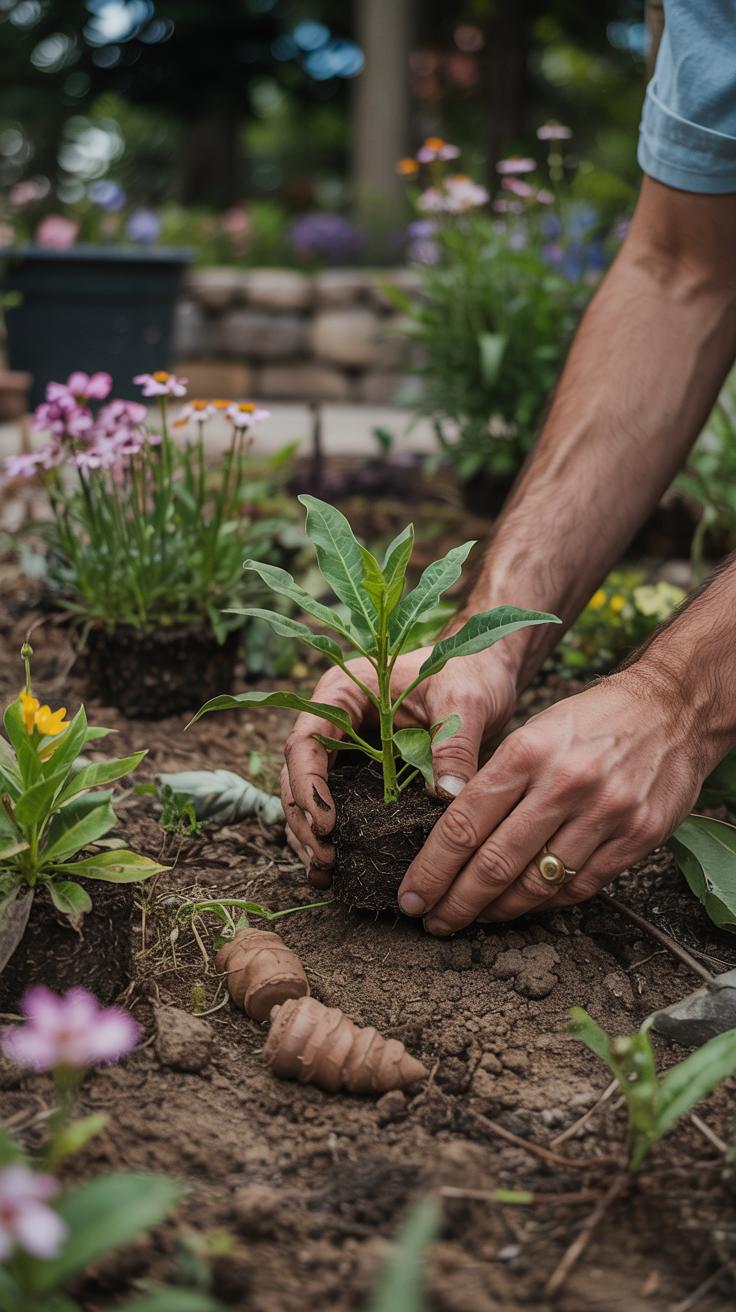
Arranging plants thoughtfully helps pollinators find nectar and pollen easily. Grouping flowers of the same species creates large landing zones that catch the attention of bees, butterflies, and hummingbirds. You want your garden to guide pollinators naturally from bloom to bloom.
Consider height when placing plants. Taller flowers at the back or center provide landmarks while shorter plants at the front offer easy access. Color and scent work together to draw pollinators in. Bright hues like blue, yellow, and purple stand out, but scent can lure visitors even from a distance.
Plan bloom times so that flowers open at different periods. This keeps your garden buzzing as pollinators find fresh nectar across the growing season. Look for native species that flower early, mid, and late season. Maintaining variety supports diverse pollinator species.
How could your garden become a dependable food source for local pollinators throughout the year? Mapping your plantings to create continuous bloom cycles encourages more visits and helps wildlife thrive.
Clustering And Grouping Plants
Clusters of the same flower species attract pollinators efficiently by making nectar sources easier to locate. Bees prefer landing on groups rather than isolated blooms. A three-foot-wide patch of purple coneflowers, for example, will likely invite more visits than scattered individual plants.
Flower color influences which pollinator species you attract. Butterflies and bees are drawn to blue, violet, and yellow. Hummingbirds prefer red and orange tones. Your choice affects who visits your garden most.
Scent adds another layer of attraction. Strong-smelling flowers like lavender or mint can act like natural signposts for pollinators. Plant height impacts accessibility too — taller plants provide shelter and vantage points while shorter ones allow easy landing.
Are your plants arranged to act as a beacon for pollinators, or do they blend into a confusing patch? Creating visible, scented clusters increases the chances of frequent visits.
Planning For Season-Long Blooms
Choosing plants that flower at different times ensures pollinators have resources all season. Start with early bloomers like crocus or willow to support early-emerging bees. Mid-season flowers such as milkweed, coneflowers, and black-eyed Susans fill the summer months.
Late bloomers like goldenrod and asters provide nectar as pollinators prepare for winter. This sequence reduces food gaps and supports migrating species too.
Include a mix of perennials, annuals, and native wildflowers to extend your garden’s flowering window. Diversity in bloom shapes and colors also invites a wider range of pollinators.
Have you considered what flowers will be blooming in your garden from spring through fall? Careful selection and timing enable your garden to serve as a steady refuge, boosting pollinator health and protecting local ecosystems.
Maintaining And Monitoring Your Pollinator Garden
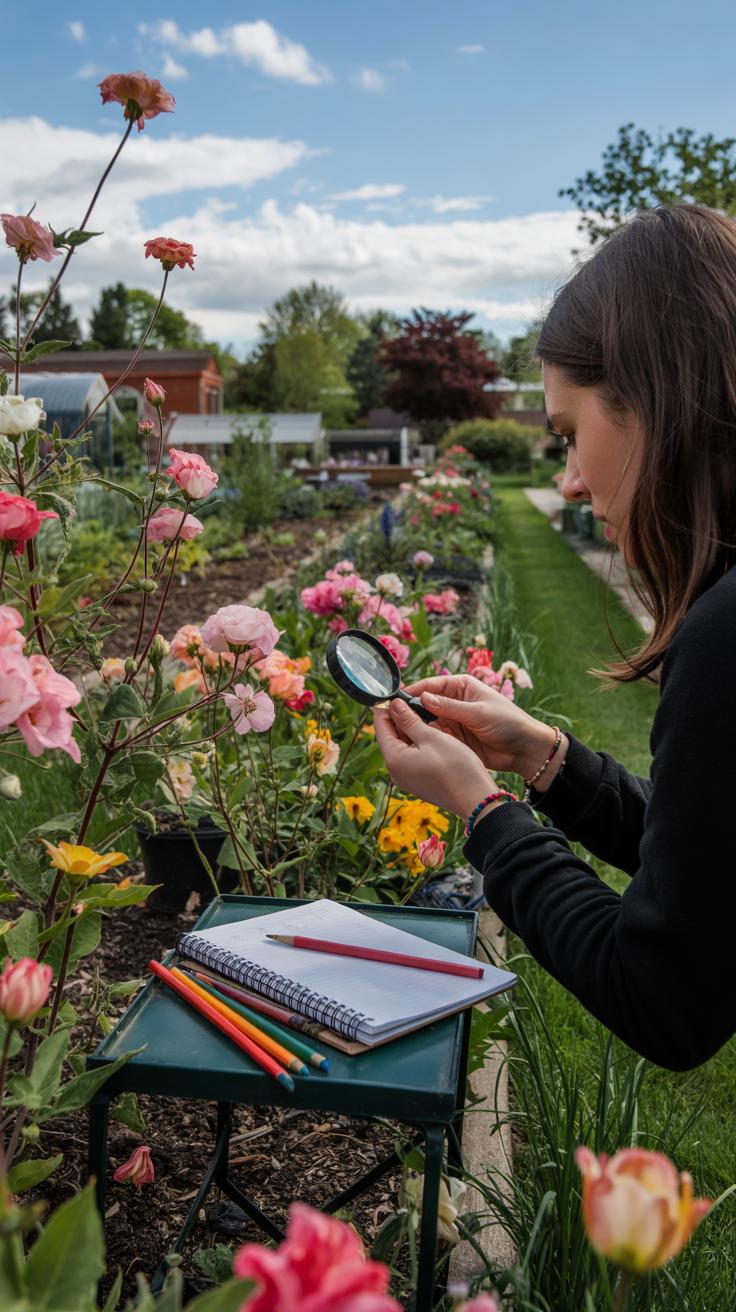
Keeping your pollinator garden healthy takes consistent care. Water plants early in the day to reduce evaporation but avoid soaking the soil. Too much water can drown plant roots and discourage beneficial insects. Remove spent flowers regularly to help plants focus energy on producing new blooms that attract pollinators. Pruning also aids airflow, reducing disease risks. Adding compost or mulch improves soil health by providing nutrients and retaining moisture naturally. Avoid using pesticides or disturbing the ground during key pollinator activity times, such as nesting or egg-laying phases. Careful maintenance creates a stable environment where pollinators can thrive and keeps your garden blooming longer.
Garden Care Tips
Watering requires balance. Aim to moisten soil but not saturate it, letting the top inch dry between watering sessions. Cut back on pruning during peak pollination to avoid removing flowers or disturbing insects. Use natural compost instead of chemical fertilizers to feed plants and support soil organisms. Mulch with leaves or straw to maintain temperature and moisture. Avoid tilling too deeply, which can harm nesting grounds for ground bees. Keep garden tools clean to prevent spreading disease. How might your care routine change if you spot fewer pollinators visiting?
Observing Pollinator Visitors
Watch your garden like a scientist. Keep a journal or use your phone to photograph different pollinators. Note times of day when bees, butterflies, or other insects visit. Try community science apps like iNaturalist to identify species and share your observations. Participating in local monitoring programs can connect you with experts and increase your knowledge. Tracking pollinator behavior helps spot changes early and guides improvements. What new pollinators can you attract next season by changing plant choices or placement?
Expanding Your Impact Beyond The Garden
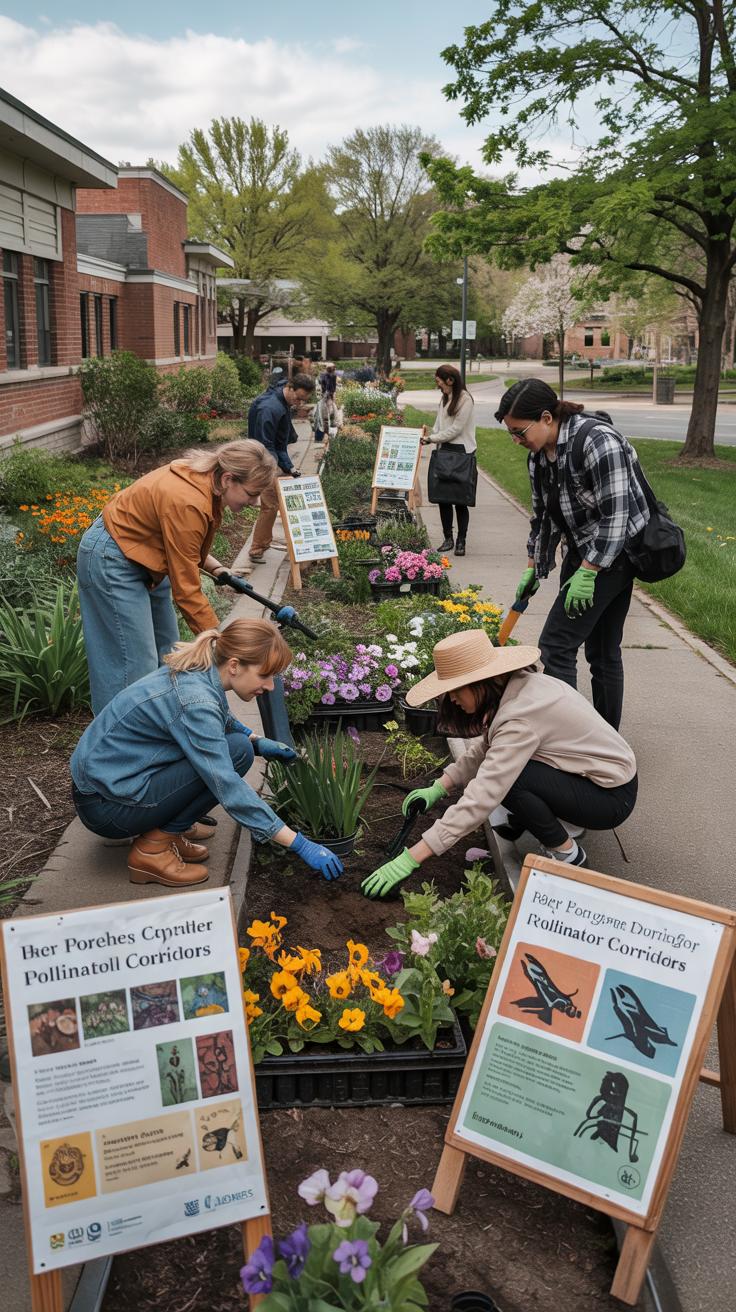
You can enhance the benefits of your pollinator garden by sharing what you know. Talk with neighbors, community groups, and local leaders about how pollinator gardens help wildlife and food sources.
Encourage others to start their own gardens, or add pollinator-friendly plants to existing green spaces. When multiple gardens link together, they create corridors. These corridors help pollinators move safely between habitats.
Think about places like schools, parks, or community centers. These areas can expand pollinator habitats on a larger scale. Local governments can support these efforts by including pollinator-friendly policies.
How can you reach out to local officials or educators? Could your community host events focused on pollinator conservation? Your actions can multiply the impact beyond your own garden.
Building Community Awareness
You have the chance to inspire others through education. Sharing simple tips on planting native flowers or reducing pesticides can make a difference. Start by talking to neighbors about what works in your garden.
Consider organizing garden tours to show pollinator-friendly plants and design ideas. Workshops offer hands-on learning, like building bee houses or identifying local pollinators.
Partner with local libraries, community centers, or gardening clubs. These groups already gather people interested in nature or gardening. Providing easy-to-understand information makes it more likely others will adopt pollinator-friendly habits.
What small steps can your community take together? How could a neighborhood event increase awareness and participation?
Creating Pollinator Networks
Individual pollinator gardens are helpful, but connected gardens are stronger. When gardens form networks, they create safe travel routes for bees, butterflies, and other pollinators. This connection supports feeding, breeding, and migration.
Reach out to local groups like schools, nature clubs, or environmental nonprofits. These organizations may want to join forces to create larger, linked habitats. Combined efforts can cover more ground and improve pollinator health.
Mapping nearby gardens or green spaces can reveal opportunities for creating corridors. Even small patches of wildflowers along sidewalks or paths can help. Collaboration turns isolated gardens into a living network.
Who in your community could you team up with to build these networks? What outdoor spaces might become new pollinator-friendly habitats?
Conclusions
Making a pollinator garden is a practical way to support your local ecosystem. The plants you choose can attract diverse pollinators that benefit other plants and crops nearby. Also, providing shelter and avoiding harmful chemicals improves pollinator survival. Regular care and observation help you adjust your garden to meet pollinators’ needs over time.
Your garden can be a small but impactful step towards reversing pollinator decline. By fostering these vital species, you contribute to a healthier environment and better food production. Taking action in your own space encourages others to do the same. What changes will you make in your garden to support pollinators?
